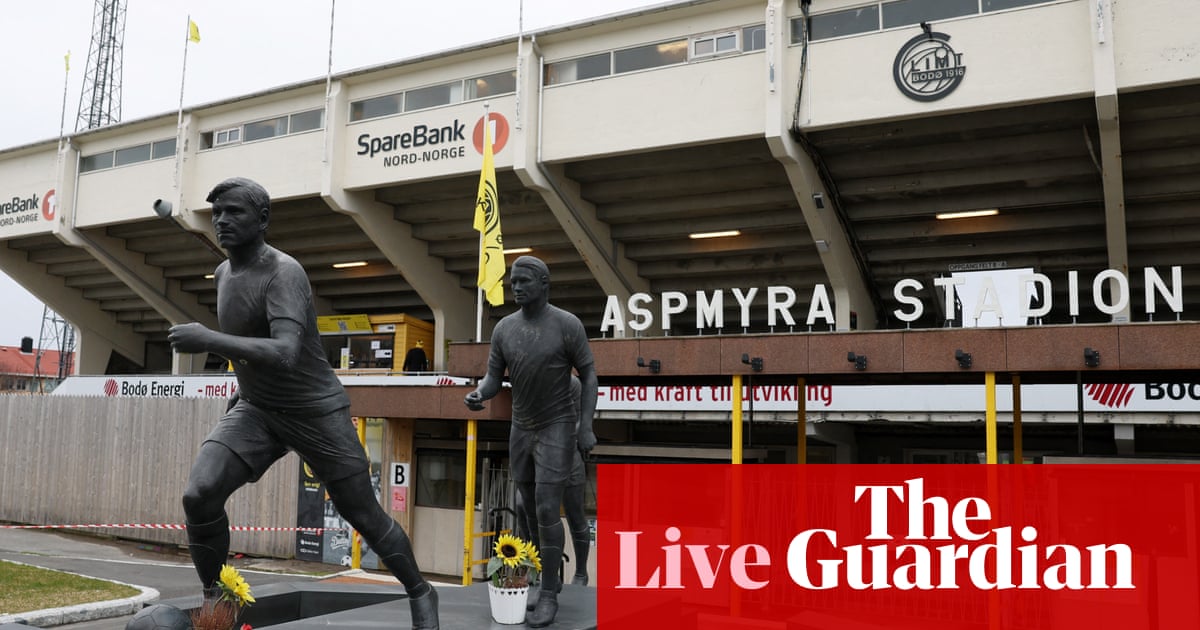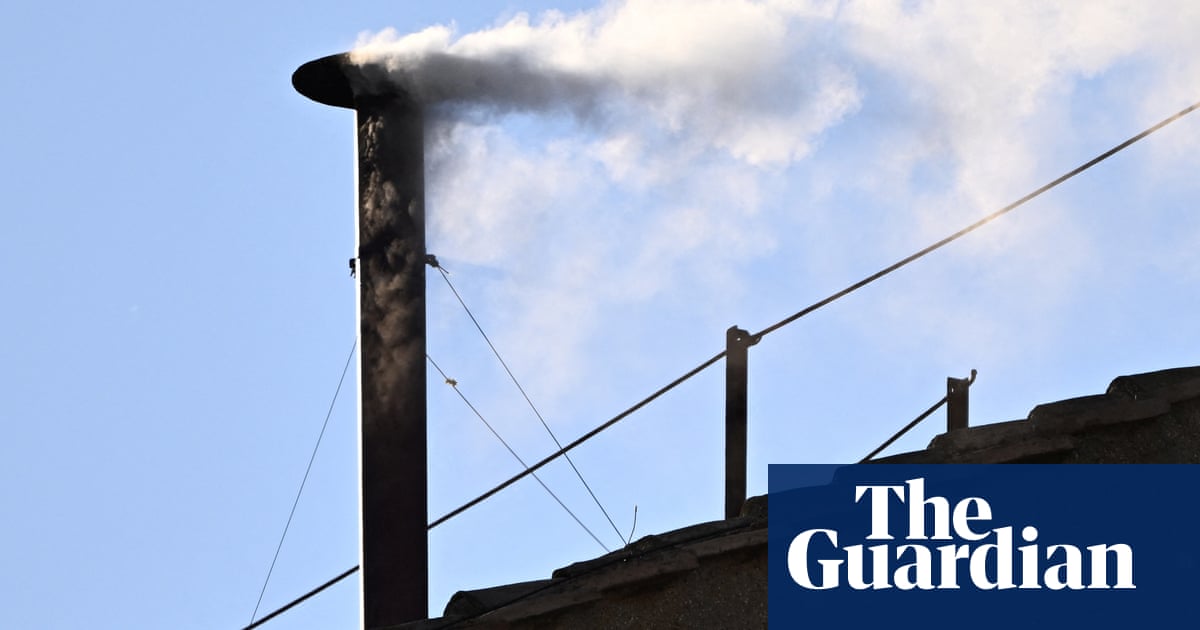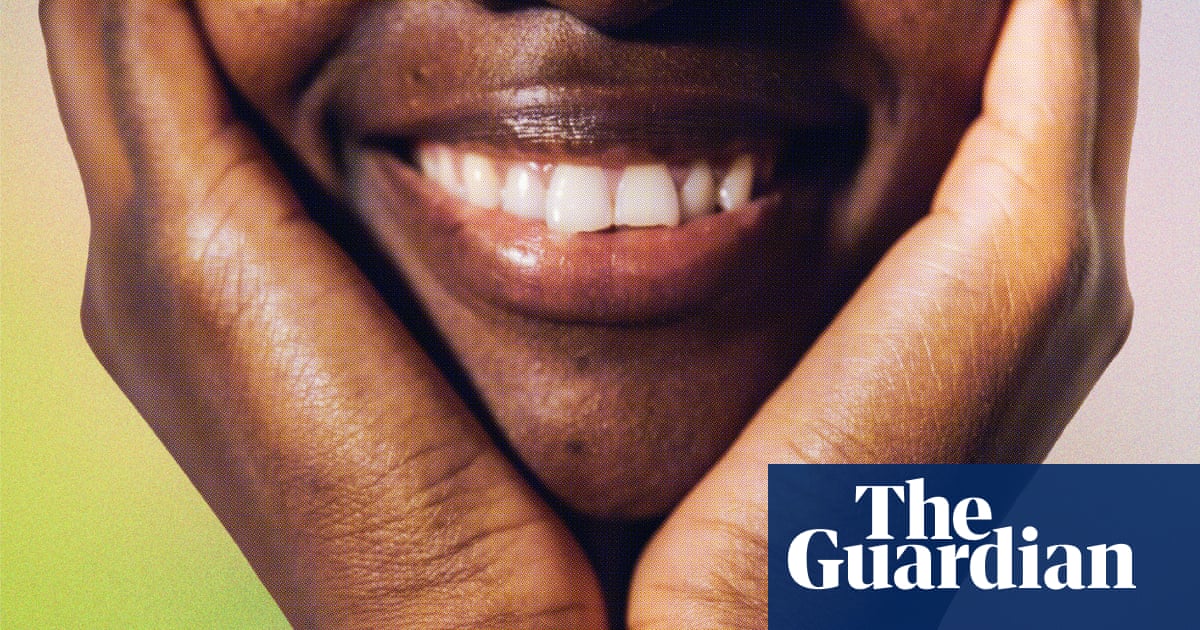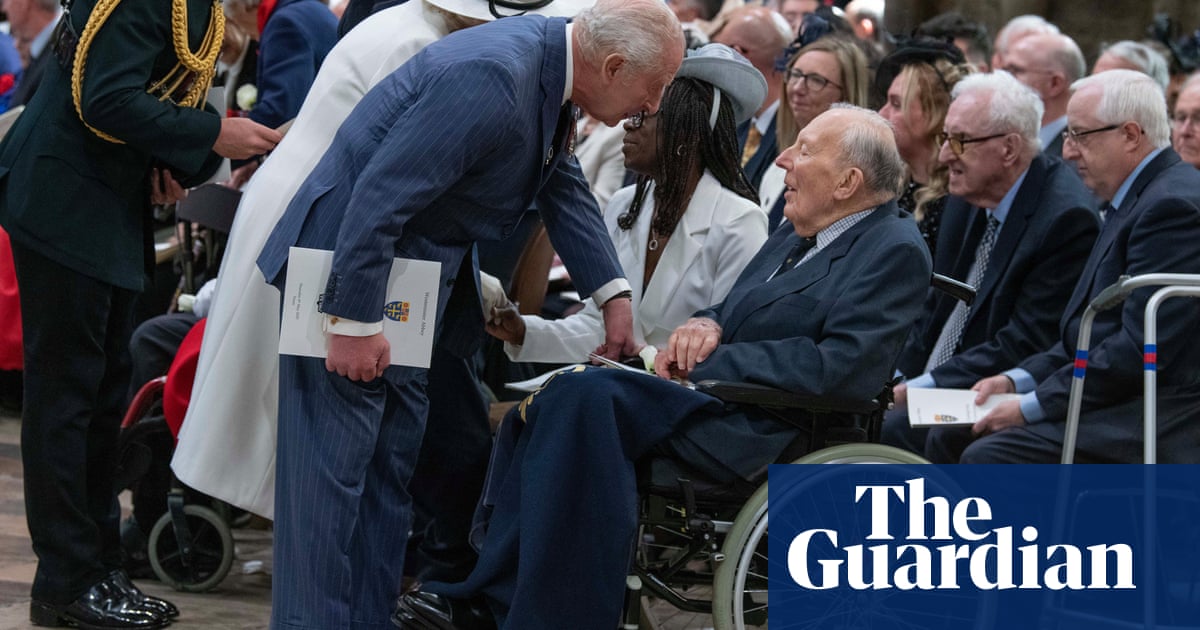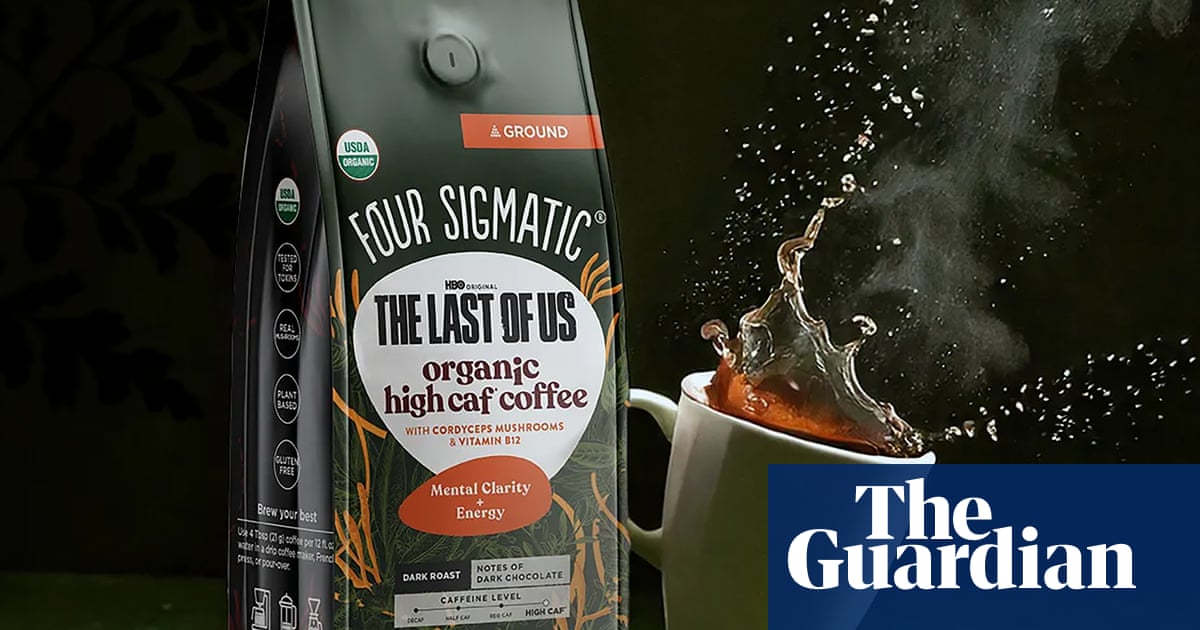There are so many twists, turns and fascinating detours in the National Gallery’s rehang you have to pick up some kind of thread. In my case, perhaps distracted by the thought of the National’s new restaurant, Locatelli, it’s foodie still lifes.
Two huge paintings of cheese take pride of place in one of the Dutch rooms. In Floris van Dijck’s 1616 still life, a black gouda rests on top of a yellow one, their cut and recut surfaces like walls of fat. In another room you can see Gustave Courbet’s great, melancholy Still Life With Apples and a Pomegranate, which manages to express the defeat of the Paris Commune in battered, pockmarked fruits. Finally, at the climax of Britain’s free national collection of European art from the middle ages to the birth of modernism, three revolutionary still lifes hang together so you can see how Cézanne’s pictures of fruit begin to rip apart perspective and make way for Picasso’s mind-boggling 1914 cubist masterpiece Fruit Dish, Bottle and Violin.
The Wonder of Art may seem a glib, even desperate, title for this rehang but I can’t really argue. This is one of the greatest museums of painting in the world, a magic labyrinth whose every picture is a door to Wonderland. My anxiety was that the curators might try to reinvent or, God forbid, reimagine their collection, without chronology or coherence. But this “new” National is reassuringly like the old one. It wasn’t broken, so they haven’t fixed it.

Seriously, what other capital city offers, free of charge, the chance to wander in casually off its main square and see masterpieces by Leonardo da Vinci, Jan van Eyck and Monet in such a calm, unfussy atmosphere, which the cool new architecture and lighting improve? I guess the National would love a bit more crowding – like other London museums it has lost visitors after Covid – but there’s a subtlety to the choices its Victorian founders made that somehow enforces introspection and seriousness. It is the most intelligent of great art museums.
That does not have to mean inaccessible or snobbish. You no longer enter the revamped Sainsbury Wing to be confronted by ranks of gold-dripping gothic altarpieces but get a welcoming embrace from Leonardo. His Virgin of the Rocks hangs right there at the start – blam! – a cool dive into shadowy depths out of which floats the pale androgynous face of art’s queerest angel. Behind is a darkened chapel containing Leonardo’s smokily drawn Burlington House Cartoon. As openers go this is as classic as a negroni. (I am thinking of Locatelli again. And his bar Giorgio downstairs.)

One of the most effective moves in this new approach is to isolate the collection’s biggest stars to let you savour their drop-dead genius. Later on Titian and Monet get rooms of their own. But a few metres from Leonardo you’ll find a wall of paintings by Van Eyck, the Flemish artist who anticipated many of the Tuscan polymath’s techniques in the early 1400s. No other gallery in the world has such a perfect group of Van Eycks and here they all are: a strangely miniaturised head of the artist himself, looking like a magician in his turban, a portrait of a young man movingly inscribed “Faithful memory”, and between them, The Arnolfini Portrait with its dead-eyed merchant and young bride, Death and the Maiden set in a perfect simulacrum of an ordinary room.
We’re not in Florence any more. The National Gallery used to tell a traditional textbook tale of art that began when perspective was “invented” in early 1400s Florence. This rehang involves a momentous retelling of the story. We now begin in Bruges with Van Eyck, which helps define the great leap forward in the Renaissance in a simpler, more human way as the discovery of the real world. You see it happen all around you as Rogier van der Weyden watches a grey-faced corpse being exhumed, a follower of Robert Campin spies on the Virgin as she breastfeeds Christ and Hans Holbein gazes into the eyes of a squirrel.
This northern Renaissance route runs right down one side of the Sainsbury Wing (or aisle, if you like the supermarket metaphor) and leads to 16th-century Basel where Holbein met the humanist theologian Erasmus. His portrait of Erasmus, a gentle half-smile on his scholarly face, is hung next to paintings that share Erasmus’s witty imagination by Bruegel, Bosch and Matsys.
We’ve gone from art discovering how to depict people as people, to portraying inner lives. This is the story the National Gallery tells, now more clearly than ever.
A brilliant room shows how portraiture became a Shakespearean art of the inner self right across 16th-century Europe. Holbein’s Ambassadors preside over a gathering that includes Giovanni Battista Moroni’s captivating portrait of an ordinary worker, The Tailor, sensitively giving you the once-over from his table as he cuts cloth with shears.
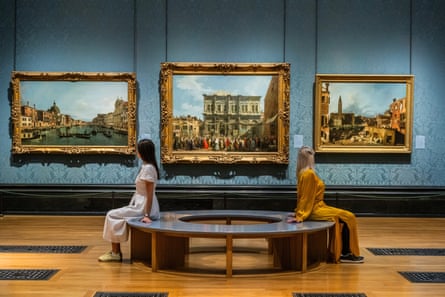
Any concessions this museum has made to accessibility have not compromised its collection one iota. Instead, emotion is allowed to bloom. The British gallery has become a purely 18th-century space, chucking out its Turners and Constables (to their own place nearby). Go Georgians! I am delighted there’s more focus on Hogarth and Gainsborough. A special wall of Gainsborough’s most intimate portraits centres on his love for his daughters, captured for ever – yet so fragile and momentary – in his heartbreaking The Painter’s Daughters Chasing a Butterfly.
The people gathered here are from other times, other worlds almost. Élisabeth Vigée Le Brun strikes a pose that nods to Rubens in her Self Portrait in a Straw Hat. Rembrandt’s Self Portrait at the Age of 63 looks back at you with eyes as deep, sad and addictive as they always will be, whatever the hang. They are all so real, so immediate. I know and love them. That’s the wonder of art.

.png) 1 day ago
7
1 day ago
7
